AI tools are transforming how people around the world learn new languages by making practice more immersive, personalized, and efficient. Whether you’re starting from scratch or aiming for fluency, modern AI-powered platforms can guide your journey with adaptive lessons, real-time feedback, and natural conversation practice. These tools leverage technologies like speech recognition, generative text, spaced repetition, and smart progress tracking to tailor learning experiences to your goals and pace. From improving pronunciation and grammar to building vocabulary and cultural fluency, AI offers a flexible and engaging way to master languages from anywhere. With options for both structured lessons and free-form dialogue, today’s solutions cater to visual, auditory, and interactive learners alike. On this page, we highlight the best AI language learning tools of 2025—comparing free and paid options based on effectiveness, user experience, and overall value. Explore how AI can help you speak more confidently, retain more vocabulary, and enjoy the language learning process like never before.
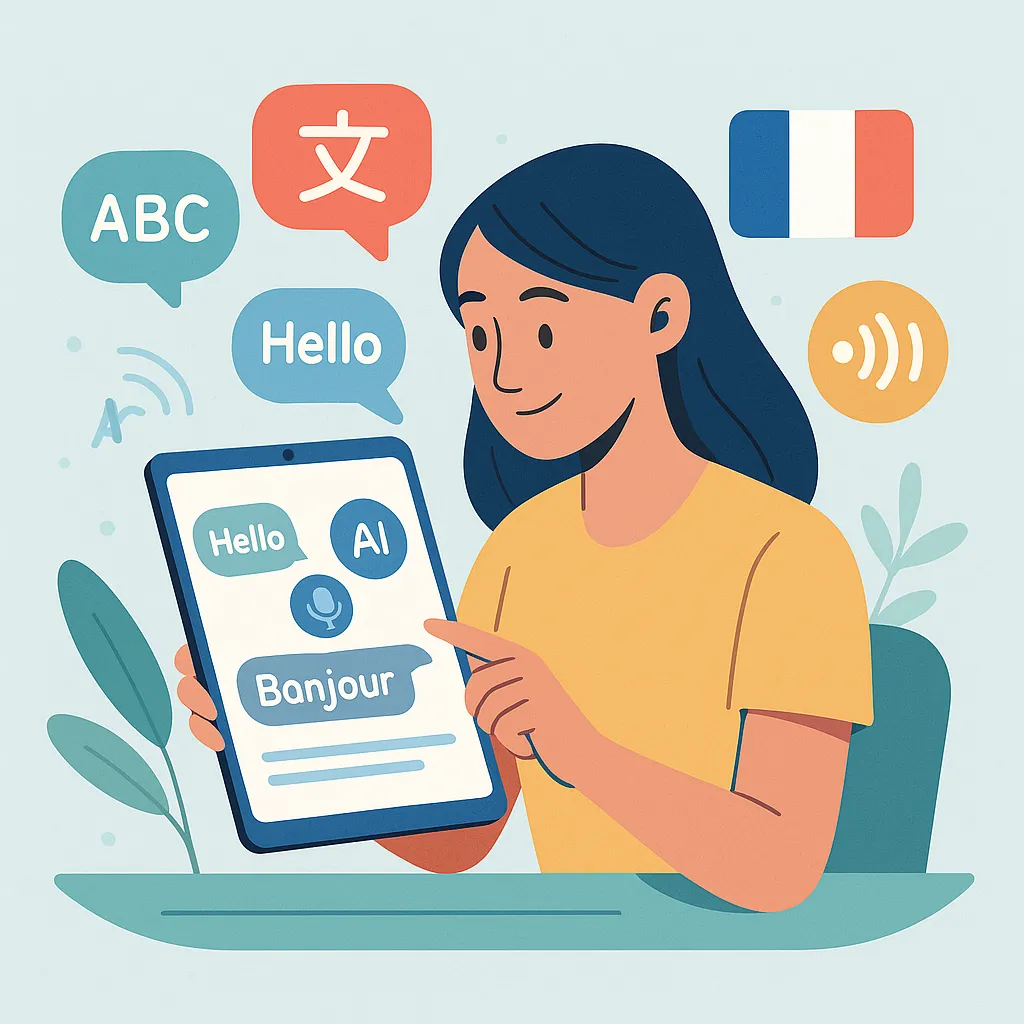
Top Paid AI Language Learning Tools
| Rank | Tool | Focus | Price | Strength |
|---|---|---|---|---|
| #1 | Lingvist | Vocabulary + grammar | From $9.99/month | AI-adaptive flashcards |
| #2 | TalkPal | Conversational practice | $14.99/month | GPT-powered chat |
| #3 | MyMemory AI | AI tutor assistant | $10–$20/month | Context-aware corrections |
| #4 | Memrise Pro | Videos + native accents | $14.99/month | Real-world context + AI review |
| #5 | Babbel | Dialogues + grammar | From $13.95/month | Personalized AI review |
Lingvist
Lingvist uses AI to build personalized flashcard decks based on your vocabulary knowledge and learning speed. It focuses on high-frequency words, automatically adapting to your strengths and weaknesses. The clean interface and smart repetition algorithms make it easy to track progress and stay consistent. Whether you're preparing for travel, exams, or general fluency, Lingvist ensures efficient vocabulary acquisition by targeting what you don’t know instead of repeating what you do. Ideal for learners who value structure and data-driven progress.
TalkPal
TalkPal provides AI-powered conversational practice with GPT chatbots that simulate real-life dialogue. It adapts to your language level and provides instant feedback on grammar, vocabulary, and phrasing. Users can engage in structured lessons or freeform chats, making it suitable for both casual learners and serious speakers. TalkPal is especially helpful for overcoming the fear of speaking — offering unlimited practice in a low-pressure environment. It’s a practical way to build fluency, confidence, and natural language flow.
MyMemory AI
MyMemory AI serves as a versatile language coach that evaluates your writing and speech for grammar, clarity, and tone. It supports multiple languages and excels at contextual correction, helping you learn through real examples. The AI reviews input and offers nuanced feedback that goes beyond textbook rules. This makes it especially useful for intermediate learners looking to refine fluency or those preparing for professional communication. It's like having a smart editor and tutor in one.
Memrise Pro
Memrise Pro combines AI learning paths with native speaker video clips to immerse you in real-world language. Its smart review system adapts content based on your past performance, and the use of real accents and casual phrasing enhances practical fluency. With structured lessons across various levels, it’s great for learners who want both repetition and exposure to natural speech. Memrise is ideal for building listening skills and speaking confidence in real-life situations like travel or conversation.
Babbel
Babbel offers structured courses enhanced by AI that adapt to your learning behavior over time. The lessons integrate dialogues, grammar explanations, and quizzes — all designed to help you speak with confidence. Its review manager uses spaced repetition to reinforce memory, and lessons are created by language experts to reflect real-world use. Ideal for beginners and intermediate learners, Babbel is a polished, well-rounded platform for consistent improvement and long-term retention across many popular languages.
Top Free AI Language Learning Tools
| Rank | Tool | Focus | Limitations | Strength |
|---|---|---|---|---|
| #1 | Duolingo | Daily lessons + gamification | Ads + limited grammar depth | AI lesson sequencing |
| #2 | ChatGPT (Free) | Custom conversation partner | Manual prompt setup | Multilingual chat practice |
| #3 | Lingva Translate | Open-source translator | No grammar practice | Privacy-focused Google Translate alt |
| #4 | Anki | Flashcard review | No built-in AI | Supports GPT plug-ins |
| #5 | Speechling (Free) | Pronunciation + speaking | Feedback is delayed | Real speech + AI scoring |
Duolingo
Duolingo uses gamification and AI-based progression tracking to keep learners engaged through bite-sized lessons. Its personalized lesson plans adapt to your errors and successes, ensuring regular exposure to weak areas. While the free version includes ads and lighter grammar instruction, it’s still one of the best entry points for daily practice. Duolingo covers dozens of languages and makes learning a habit through rewards, streaks, and engaging mini-games — especially for beginners looking for motivation and consistency.
ChatGPT (Free)
ChatGPT is a highly adaptable tool for language learners who want to simulate real conversations or get explanations in any target language. You can prompt it to act like a language tutor, ask for feedback, or practice dialogues on specific topics. While the free version requires manual setup and lacks voice input, it offers tremendous flexibility for writing and reading practice. It’s perfect for learners who want to push beyond flashcards and engage in more dynamic, personalized exercises.
Lingva Translate
Lingva Translate offers a privacy-focused alternative to Google Translate by serving AI-powered translations without tracking or ads. It’s especially helpful for learners who want to read foreign websites, translate vocabulary lists, or double-check sentence structures while maintaining privacy. Though it doesn’t teach grammar or pronunciation, Lingva is a reliable companion tool for self-learners or multilingual readers needing fast, distraction-free translation support.
Anki
Anki is a flashcard-based learning platform that uses spaced repetition to lock in vocabulary and grammar rules. Although it doesn’t include AI out of the box, users can install GPT-powered plug-ins to generate sample sentences, auto-translate cards, or build personalized decks. Its flexibility and open-source ecosystem make it a favorite among serious language learners and polyglots. If you’re comfortable customizing your study system, Anki offers unmatched control over how and what you memorize.
Speechling (Free)
Speechling focuses on speaking and pronunciation by letting users record themselves and receive AI-based feedback. It provides structured speaking exercises, native-speaker models, and smart scoring for accent and fluency. Though free accounts have delayed feedback from human coaches, AI corrections are available instantly. This makes it a strong choice for learners who want to improve verbal fluency or reduce their accent — particularly for intermediate or advanced speakers preparing for real-world conversation.
Rankings

Chatbots
AI chatbots have quickly evolved from simple assistants into powerful, multi-purpose tools used by millions of people every day...

Image Generators
AI image generators are revolutionizing the way creatives, marketers, and developers produce visual content by transforming text prompts into detailed, customized...

Writing Assistants
AI writing assistants have become indispensable tools for anyone who writes — from students and bloggers to business professionals and marketers...
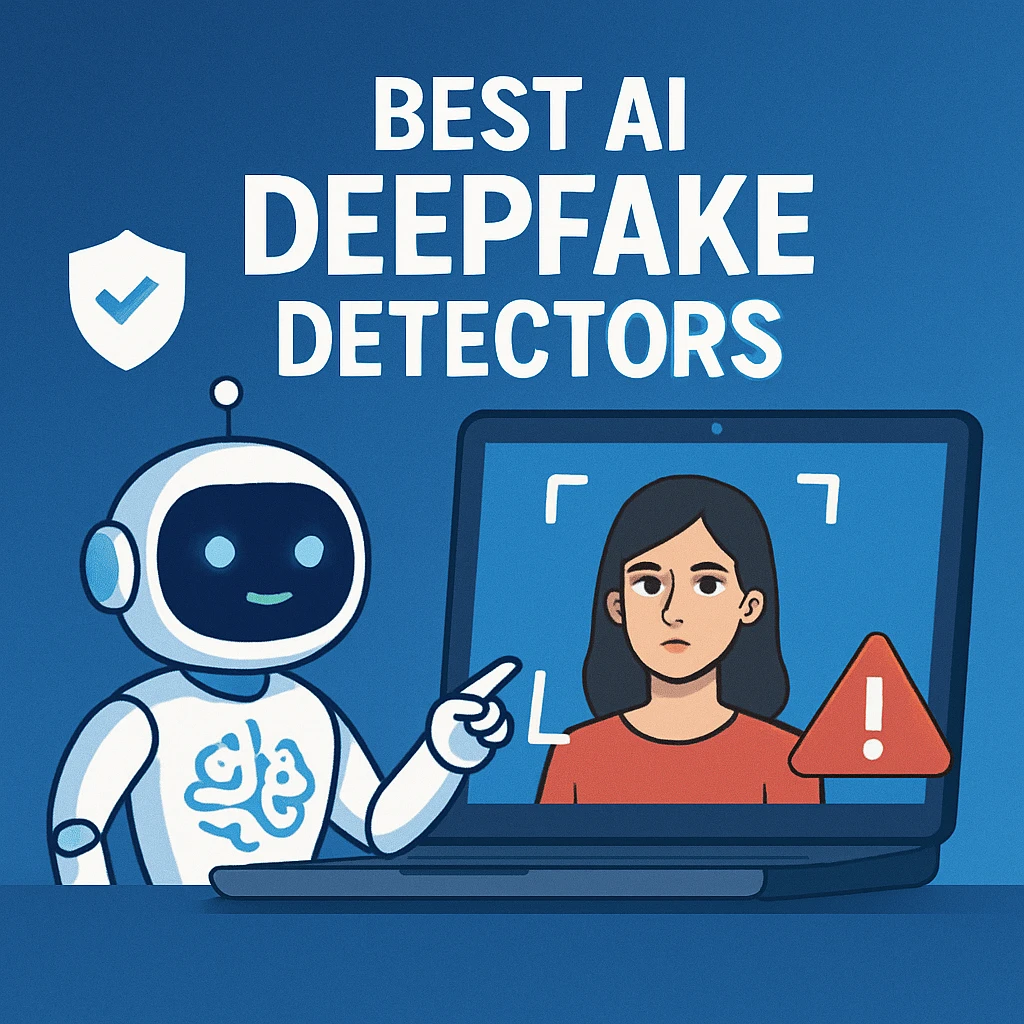
Deepfake Detection
As deepfake technology becomes more advanced and accessible, detecting AI-manipulated content is now a critical challenge across journalism, education, law, and...
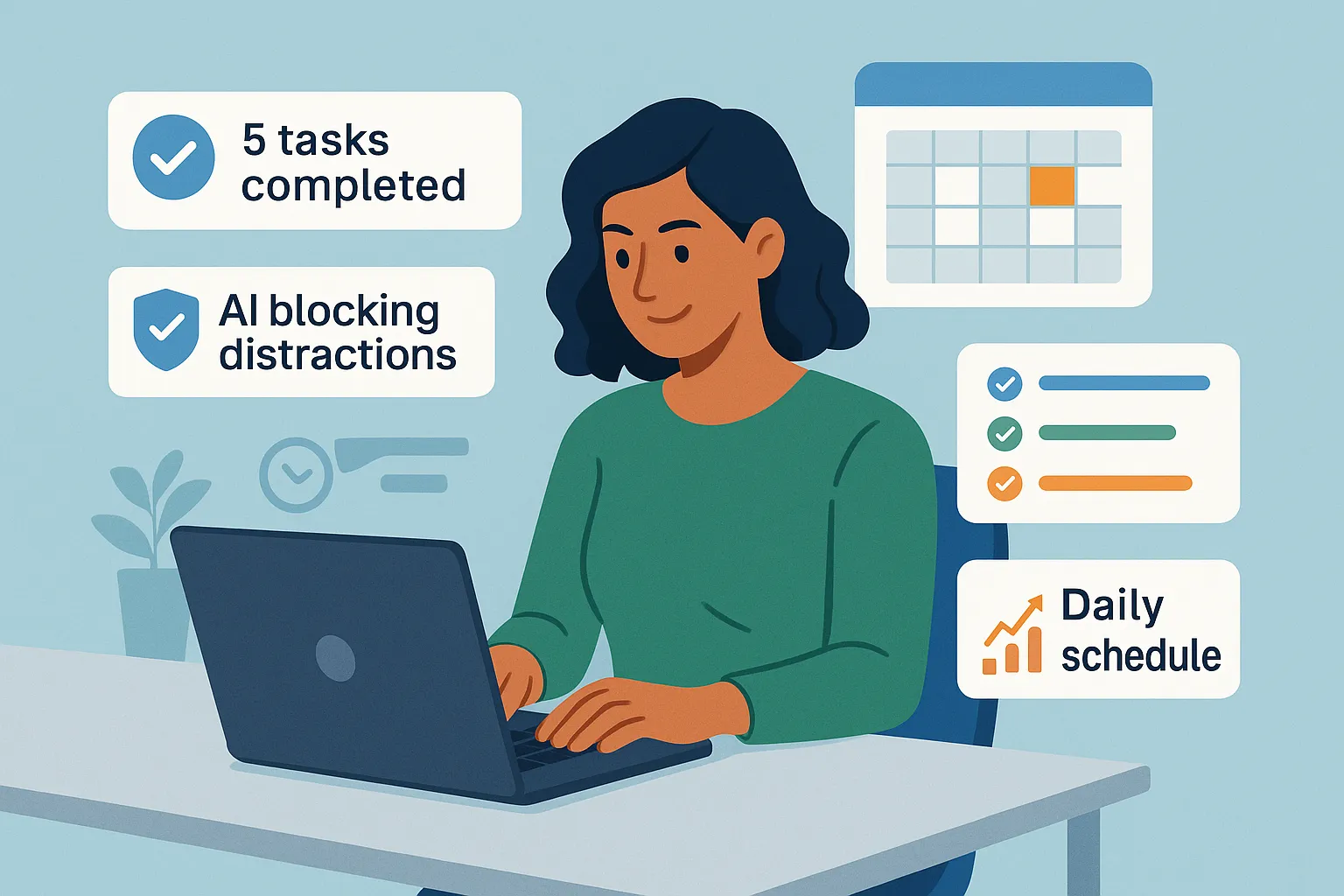
Productivity & Calendar
AI productivity and calendar tools have become essential for professionals, entrepreneurs, and students looking to make the most of their time without getting overwhelmed...
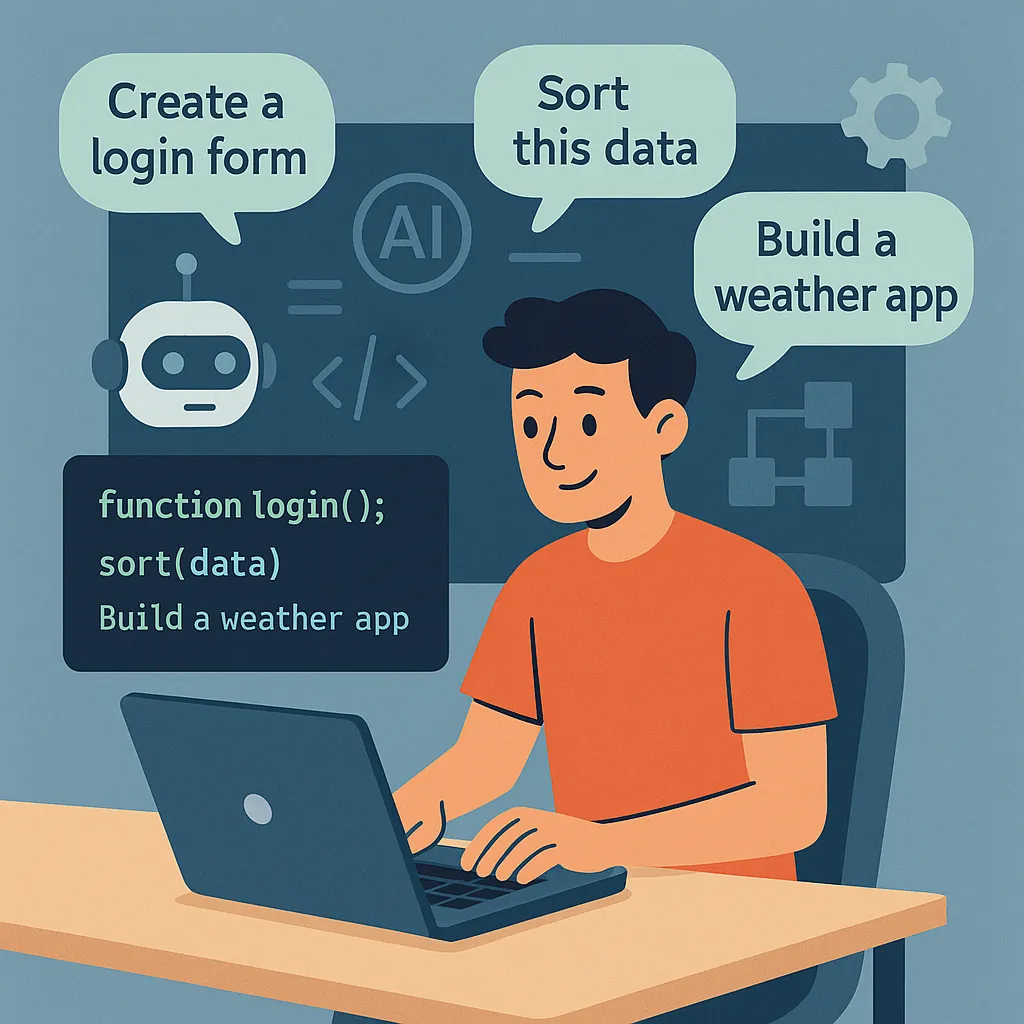
Natural Language To Code
Natural language to code tools are transforming software development by enabling users to build apps, websites, and workflows without needing advanced programming...
Blog
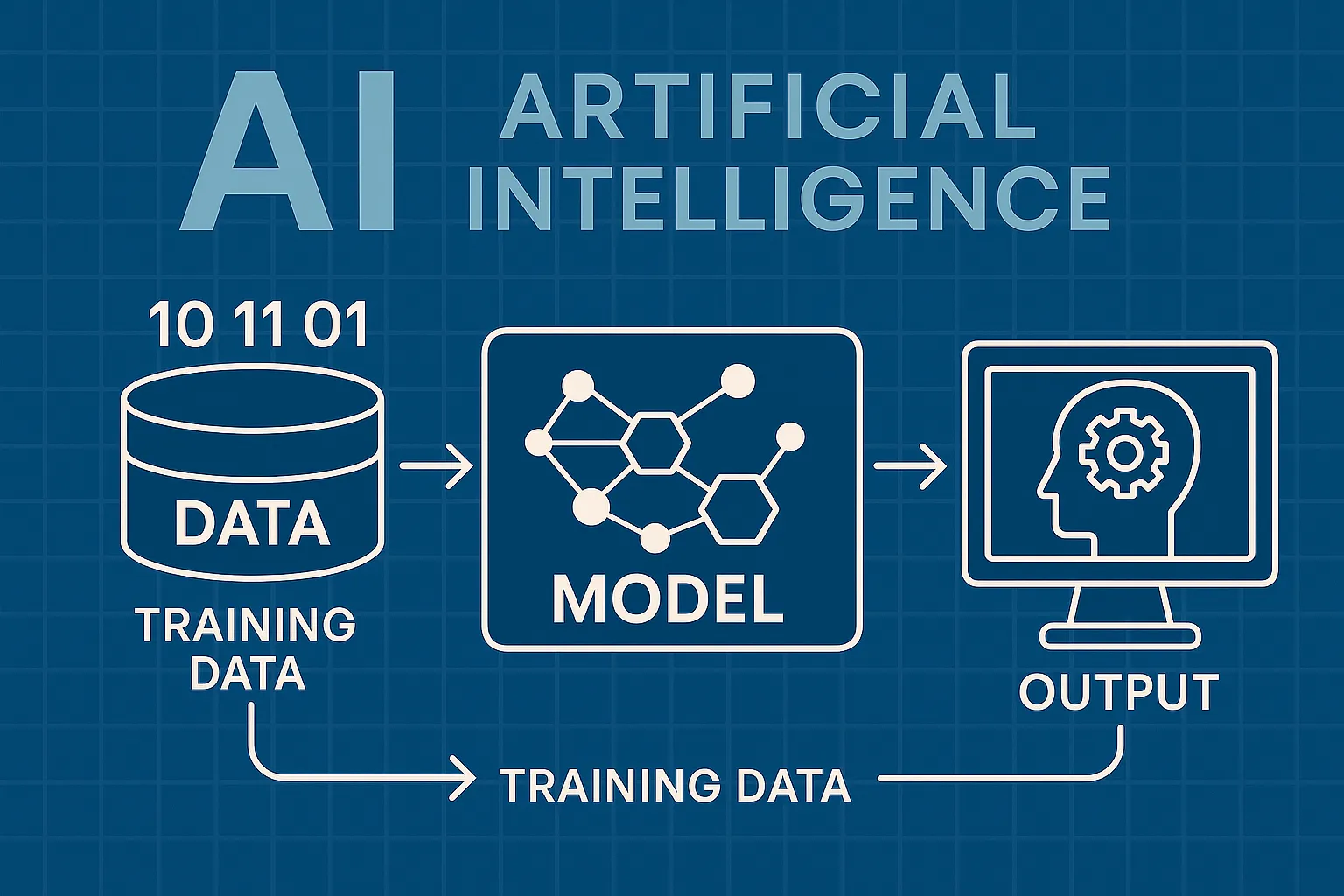
How AI Actually Works
Understand the basics of how AI systems learn, make decisions, and power tools like chatbots, image generators, and virtual assistants.

What Is Vibe Coding?
Discover the rise of vibe coding — an intuitive, aesthetic-first approach to building websites and digital experiences with help from AI tools.
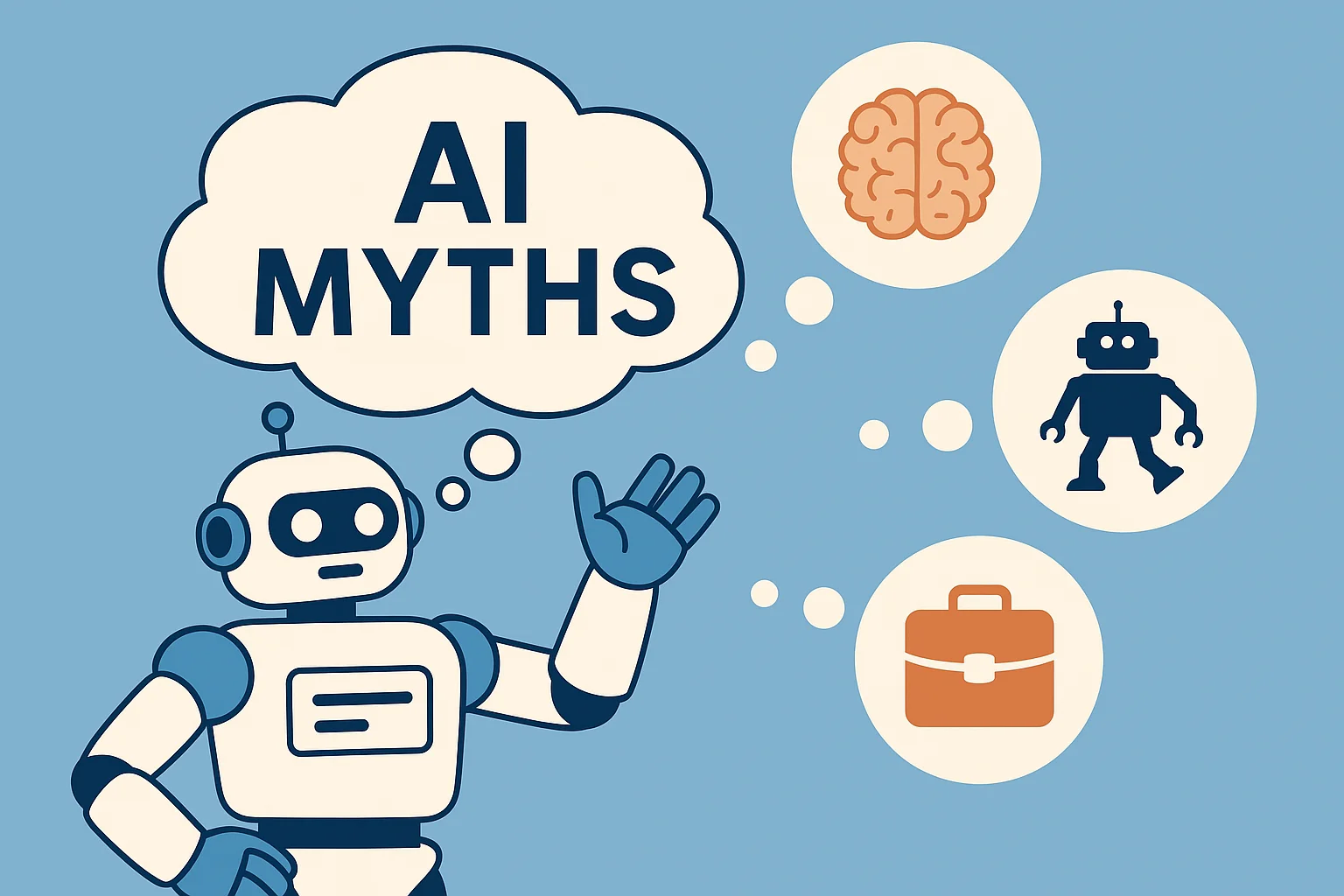
7 Common Myths About AI
Think AI is conscious, infallible, or coming for every job? This post debunks the most widespread misconceptions about artificial intelligence today.

The Future of AI
From generative agents to real-world robotics, discover how AI might reshape society, creativity, and communication in the years ahead.
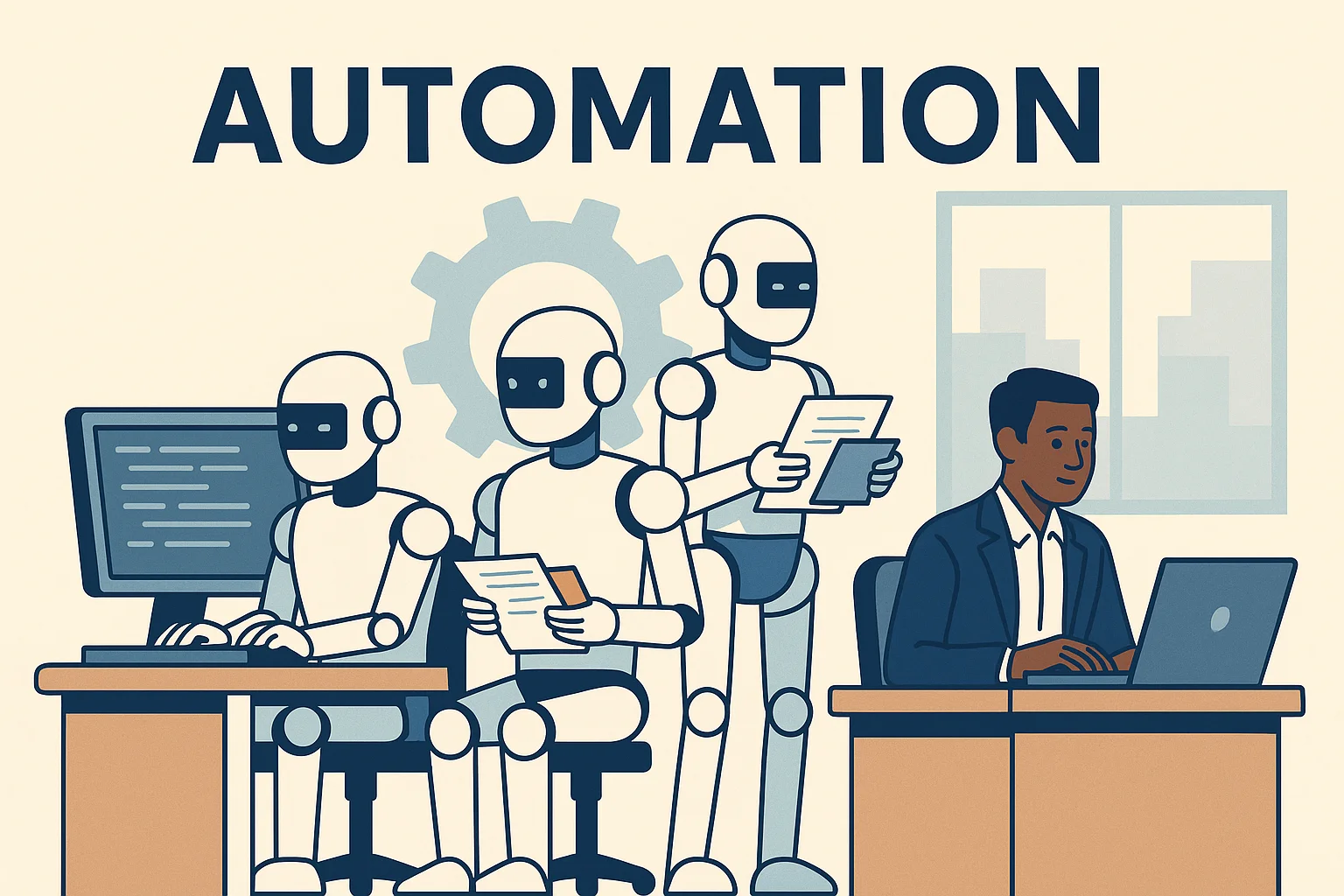
How AI Is Changing the Job Market
Will AI replace your job — or create new ones? Explore which careers are evolving, vanishing, or emerging in the AI-driven economy.

Common Issues with AI
Hallucinations, bias, privacy risks — learn about the most pressing problems in current AI systems and what causes them.